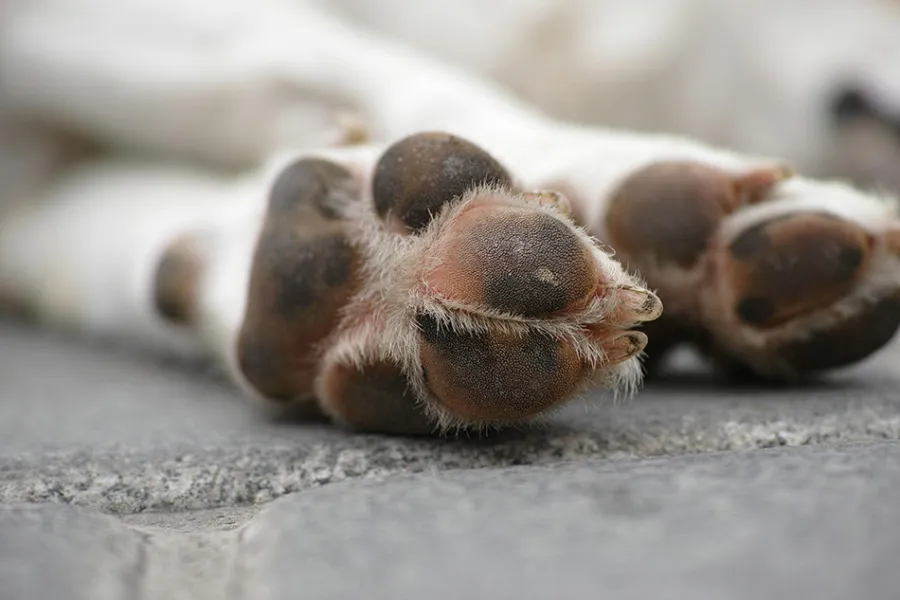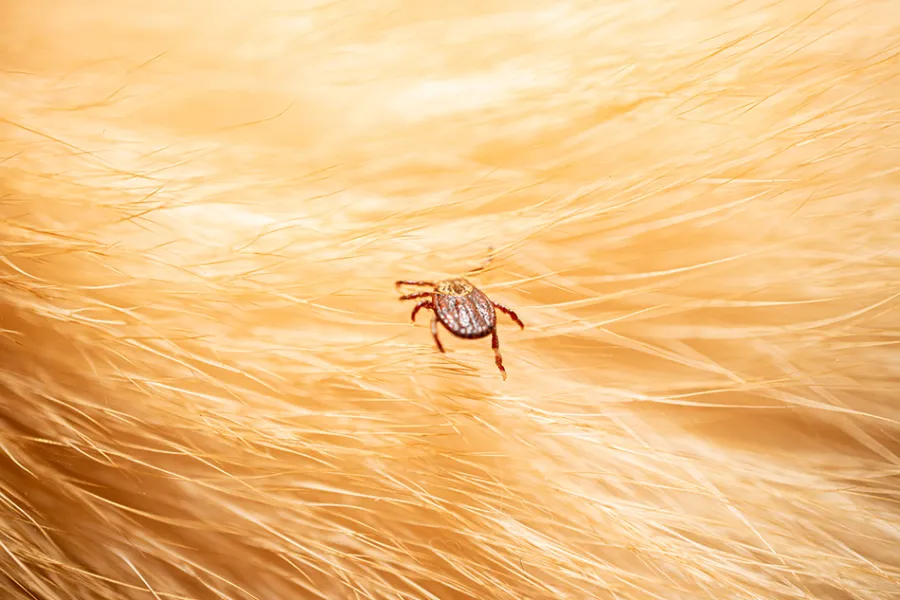Introduction
Canine atopic dermatitis (CAD) and feline atopic skin syndrome (FASS) are chronic inflammatory skin diseases characterized by an overreaction of the immune system to environmental allergens. This triggers itching, irritation, and skin lesions.
Although the use of the term "atopic dermatitis" (AD) in cats is debated, this article refers to both conditions as AD.
AD is a highly prevalent condition that significantly impacts the quality of life of both species. This article addresses the causes, symptoms, and available treatments for managing this condition.
Causes
Although its etiology is multifactorial, the primary cause of AD is a genetic predisposition to react to certain environmental allergens. The most common allergens include:
- Dust mites.
- Plant and grass pollen.
- Fungal spores.
In both species, the immune system reacts disproportionately when exposed to these allergens, causing skin inflammation. This inflammation is the primary cause of itching (pruritus), which leads animals to scratch, lick, or bite excessively, resulting in skin lesions.
Symptoms
Signs of AD in dogs and cats include:
- Intense pruritus: Pets scratch, lick, or bite areas such as the abdomen, armpits, ears, and paws. In cats, this also includes the neck and back, often leading to skin wounds.
- Redness (erythema): The affected skin becomes red, indicating inflammation and sensitivity.
- Alopecia: Visible bald spots caused by constant scratching or licking, especially on the abdomen and paws.
- Secondary infections: Wounds may become infected due to external factors and persistent licking.
- Otitis externa: Inflammation of the ear canal with itching, redness, or discharge, common in dogs.
- Specific lesions in cats: Miliary dermatitis (papules and crusts) and eosinophilic lesions such as ulcers, plaques, or granulomas in severe cases.

















